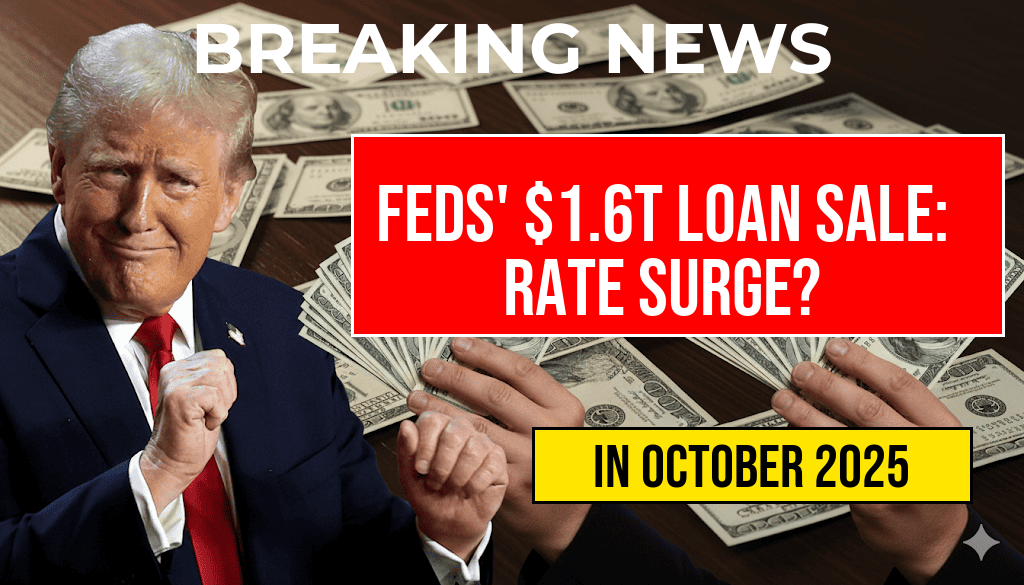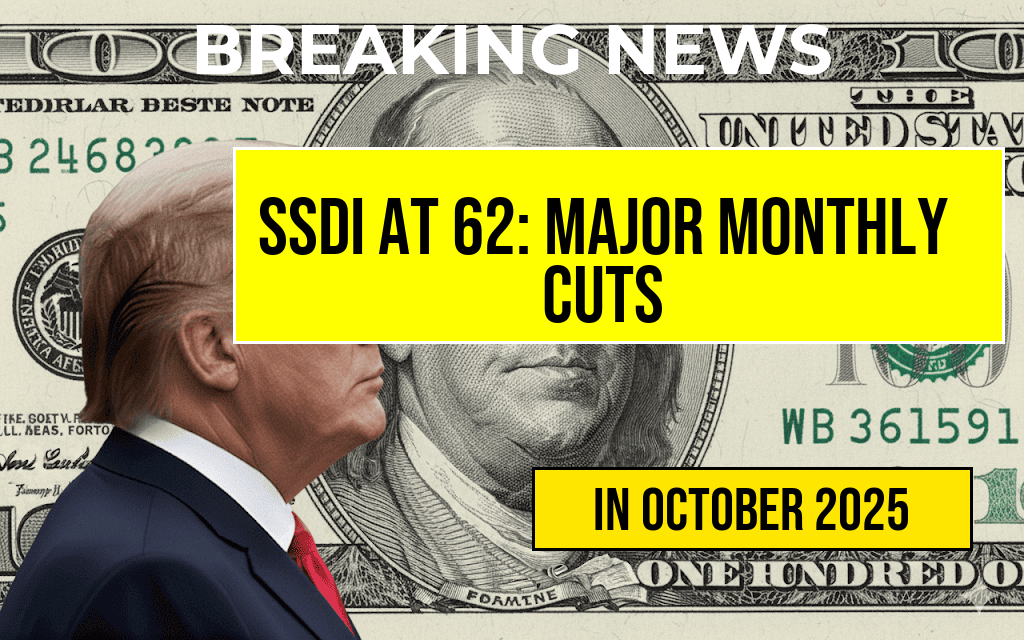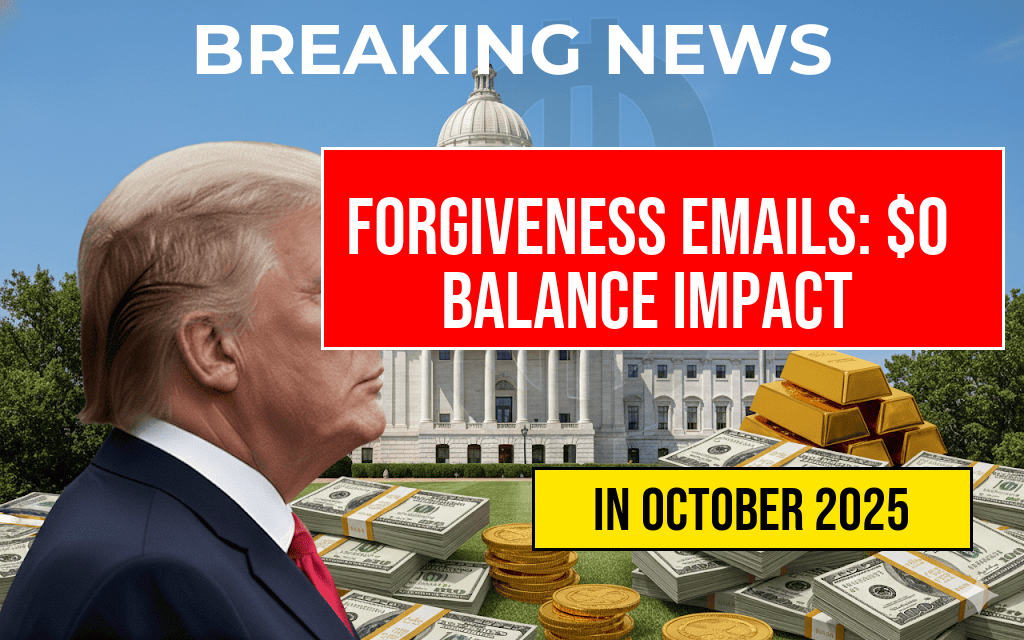The potential sale of $1.6 trillion in loans by the Federal Reserve has raised concerns about a sharp increase in interest rates, which could affect millions of American borrowers. As the Fed considers offloading these assets, experts warn that the move may not only tighten liquidity in the financial system but also lead to significantly higher borrowing costs for consumers and businesses alike. With inflation still a pressing issue, the implications of such a sale could be profound, potentially adding hundreds of dollars annually to loan payments for average Americans. Stakeholders from various sectors are watching closely as the central bank navigates this complex financial landscape.
The Context of the Federal Reserve’s Loan Portfolio
The Federal Reserve, as part of its monetary policy, has accumulated a substantial portfolio of loans over the years, largely in response to economic crises. This includes various types of debt instruments aimed at stabilizing the economy during downturns. Recently, the Fed has signaled a desire to unwind some of these holdings, which are currently valued at around $1.6 trillion.
What Does Selling Loans Mean for Interest Rates?
When the Federal Reserve sells its loans, it effectively reduces the amount of money circulating in the economy. This action can lead to an increase in interest rates as the supply of money tightens. Here’s how the process typically unfolds:
- Reduction in Asset Purchases: The Fed’s sale of loans decreases its asset holdings, which may lead to an increase in the federal funds rate.
- Increased Borrowing Costs: Higher interest rates mean that loans for homes, cars, and businesses become more expensive.
- Impact on Consumer Spending: As borrowing costs rise, consumer spending could decline, potentially slowing down economic growth.
Potential Impact on Borrowers
For the average consumer, a rise in interest rates could translate into higher annual payments across various types of loans. A recent analysis suggests that if rates were to rise by just 1%, borrowers might see their annual payments increase significantly. Here are some scenarios:
| Loan Type | Loan Amount | Current Interest Rate | New Interest Rate (+1%) | Annual Payment Increase |
|---|---|---|---|---|
| 30-Year Mortgage | $300,000 | 3.5% | 4.5% | $1,500 |
| Auto Loan | $30,000 | 4.0% | 5.0% | $300 |
| Credit Card Debt | $10,000 | 15.0% | 16.0% | $100 |
The Economic Ramifications
The sales of these loans may not only affect individual borrowers but also have broader economic implications. As rates increase, the cost of borrowing for businesses will rise, which could lead to reduced capital investments and slower job growth. Additionally, a contraction in consumer spending might exacerbate the current economic situation, especially as the country continues to grapple with inflationary pressures.
Expert Opinions
Economists are divided on the potential outcomes of the Fed’s proposed loan sales. Some believe that the market can absorb the changes without causing significant harm, while others warn of a more pronounced impact.
- Proponents of the Sale: Some experts argue that reducing the Fed’s balance sheet is necessary to return to a more normal economic environment.
- Opponents of the Sale: Critics contend that the timing is poor, suggesting that a tighter monetary policy could stifle recovery efforts.
Looking Ahead
As the Federal Reserve deliberates on this significant decision, the financial community is bracing for potential shifts in the economy. The outcome of these loan sales will likely depend on a variety of factors, including inflation rates, consumer confidence, and overall economic growth. Stakeholders are urged to stay informed as developments unfold.
For further insights into the Federal Reserve’s monetary policy and its implications, visit Federal Reserve and Forbes.
Frequently Asked Questions
What is the significance of the $1.6 trillion in loans being sold by the Feds?
The $1.6 trillion figure represents a substantial amount of loans that the Federal Reserve holds. Selling these loans could impact the broader economy, potentially affecting interest rates and financial markets.
How could the sale of these loans affect interest rates?
When the Feds sell a large volume of loans, it can lead to an increase in interest rates as the supply of money in the economy decreases. This could result in borrowing costs rising substantially for consumers and businesses.
What are the potential consequences of rising interest rates?
Higher interest rates can lead to increased costs for loans, including mortgages, car loans, and credit cards. This could mean that individuals might pay hundreds of dollars more annually in interest payments.
Who would be most affected by soaring interest rates?
Consumers with existing loans, potential homebuyers, and businesses seeking financing would be significantly impacted. Those relying on credit may find their monthly expenses rising sharply due to increased interest rates.
Are there any alternatives to selling these loans to manage the economy?
Yes, the Feds could consider other options such as monetary policy adjustments or implementing strategies to stabilize the financial markets without resorting to large-scale loan sales, which can have immediate effects on interest rates.








